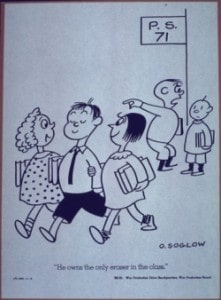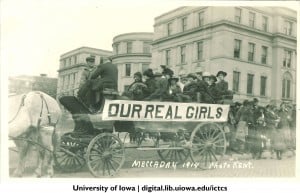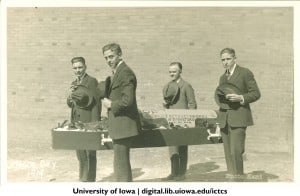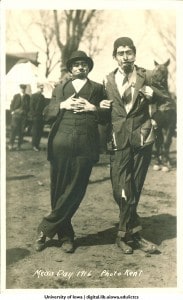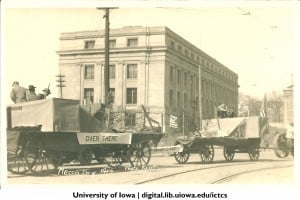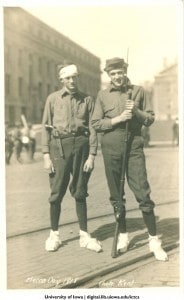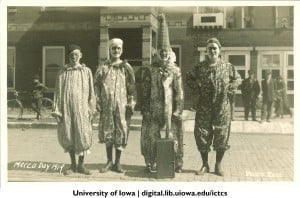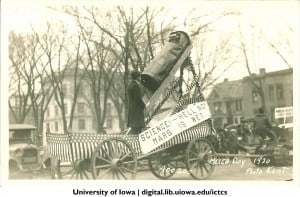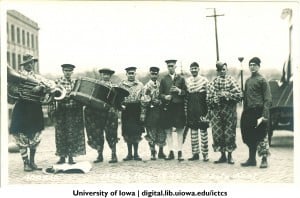 April 15th Tax Day is when you celebrate this weird and wacky holiday called national Eraser Day. Office supply geeks, eraser collectors, artists, writers, librarians school children and rubber eraser lovers band together every April 15th to praise this simple product that has done so much for so many.
April 15th Tax Day is when you celebrate this weird and wacky holiday called national Eraser Day. Office supply geeks, eraser collectors, artists, writers, librarians school children and rubber eraser lovers band together every April 15th to praise this simple product that has done so much for so many.
Since the day Nicolas Conte made the first pencil back in 1795, many have owed a d3ebt to the inventor of the rubber eraser. Edward Naime, an English Engineer, mistook a cube of rubber for the commonly used piece of bread to get rid of unwanted pencil markings and discovered a new property of rubber. Since that day erasers have been the bookkeeper’s best friend and the writer’s handmaiden. To learn more please check out http://www.squidoo.com/eraser-rubber-eraser-day. http://en.wikipedia.org/wiki/Eraser
Look at this relevant books: http://ow.ly/k5rpm; The pencil : a history of design and circumstance /
